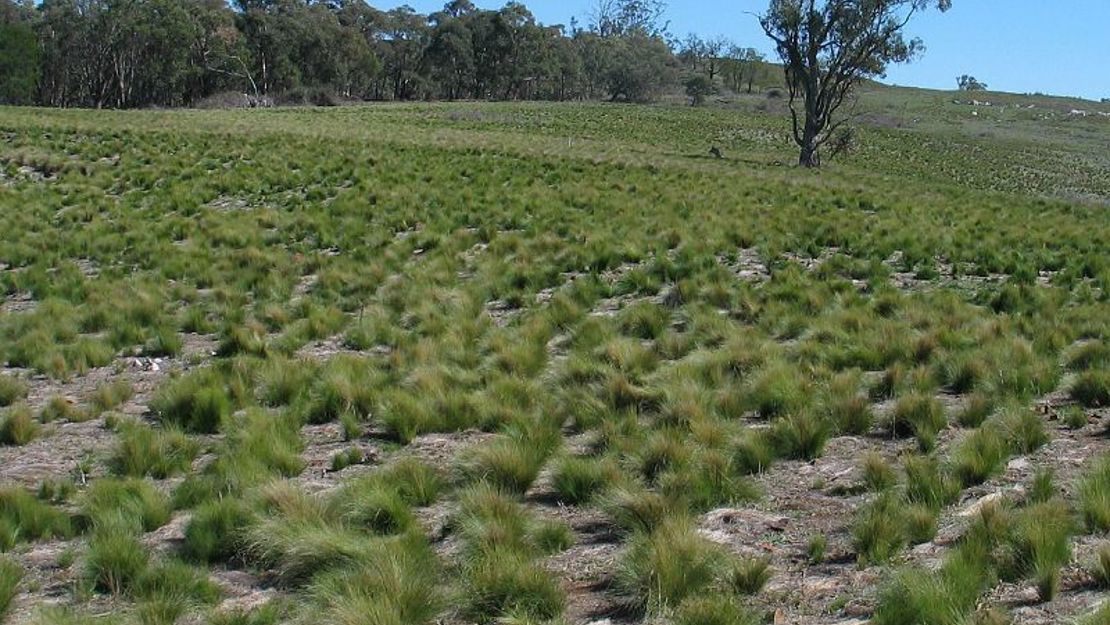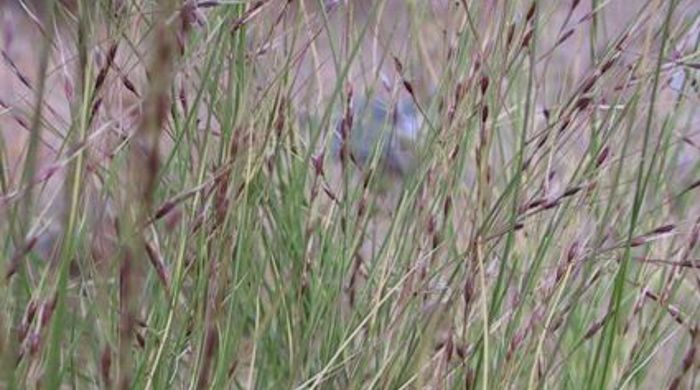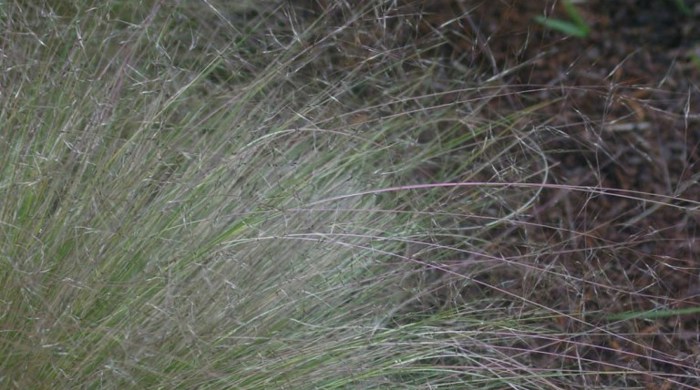Nassella trichotoma
Nassella tussock
Family: Poaceae
Origin: South America

Regional Pest Management Plan (RPMP) status
- Whole region — Eradication
- National Pest Plant Accord Species
General description
Perennial tussock grass < 1 m tall. Leaves are fine and wiry. Seed heads are drooping and purplish.
What you need to know
To help protect our environment:
- You must not breed, distribute, release or sell nassella tussock. As nassella tussock is a National Pest Plant Accord species, these restrictions apply within the Auckland region and across the whole of New Zealand.
- You must not plant nassella tussock within the Auckland region.
Auckland Council will control nassella tussock at all sites where it is known to occur.
If you see nassella tussock anywhere in the Auckland region, please report it to Auckland Council at pestfree@aucklandcouncil.govt.nz.
Habitats
Open habitats, pasture, disturbed shrubland, rocky habitats.
Dispersal
Seeds dispersed by wind and attachment to animal pelts. Human-mediated dispersal through contamination of clothing, footwear and machinery.
Impact on environment
Invasive in open habitats. Unpalatable to livestock and selective grazing may displace valuable pasture species.
Control
Recommended approaches
Do not attempt to undertake control of this species. Please report to Auckland Council.
Caution: When using any herbicide or pesticide please read the label thoroughly to ensure that all instructions and safety requirements are followed.






